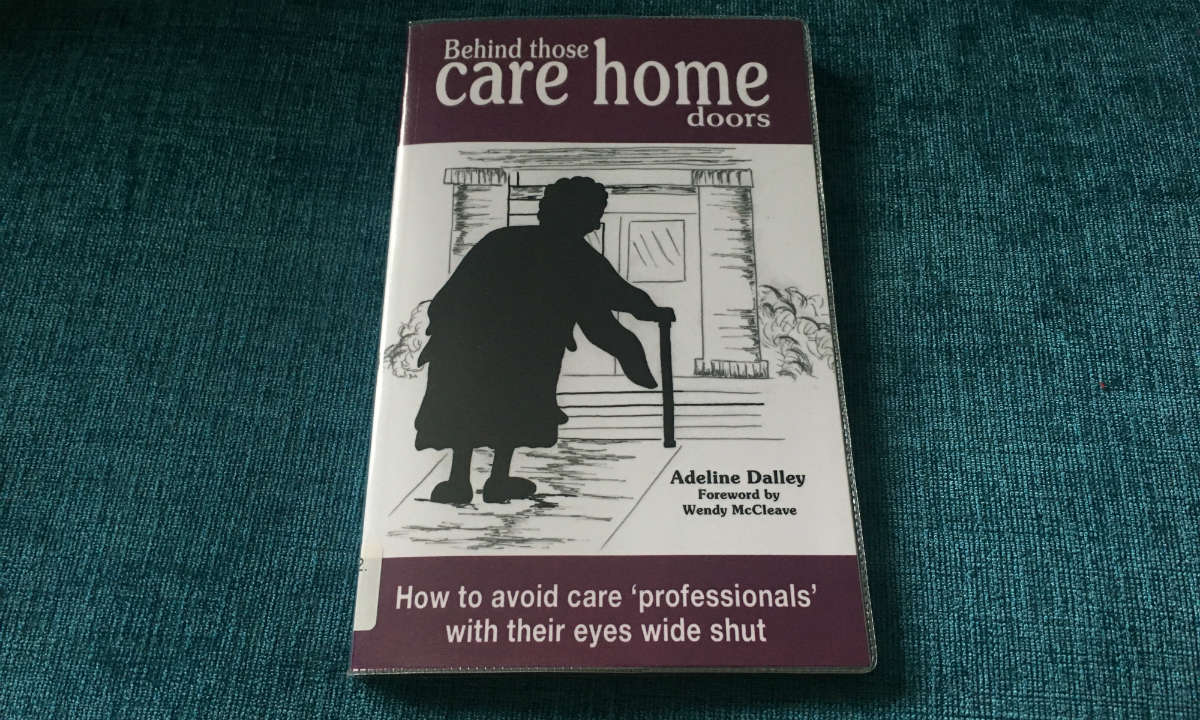
Care homes provide essential support and companionship for those in later life, particularly those who have lost their mobility or mental capacity and are unable to live independently or have the necessary assistance from loved ones. Everyone’s circumstances are different and in many cases, care homes are just the right solution. Of course, not all care homes are run as you might hope.
Reading this fascinating book by Adeline Dalley, written for care staff and relatives of patients, helps to shine a light on what goes on behind those care home doors. In the chapter on abuse in care, it shares how to look out for abuse (a concern when putting a loved one into care) and what action you can take.
Key takeaways:
- Abuse can be carried out by anyone who has contact with the victim: management, carers, social workers, relatives, friends, neighbours, priests.
- Types of abuse include physical, financial, sexual, psychological, discriminatory, general neglect, or institutional.
- Speak up: As hard as it might be, don’t just run away (or pull your relative out of the care home) without saying something – it might be happening to other patients / residents.
- There are also many cases where people are confused and mistakenly say abuse has happened – by listening intently and looking at the patterns, you can see if that’s the case, why it’s happening and how to calmly and lovingly address it.
Having spent time talking with organisations that serve older people, it turns out that these types of abuse are not just restricted to care homes – it even commonly takes place in family homes. By facing it head on, remaining vigilant and looking out for the signs, we can collectively help to end elder abuse.
Leave a Reply